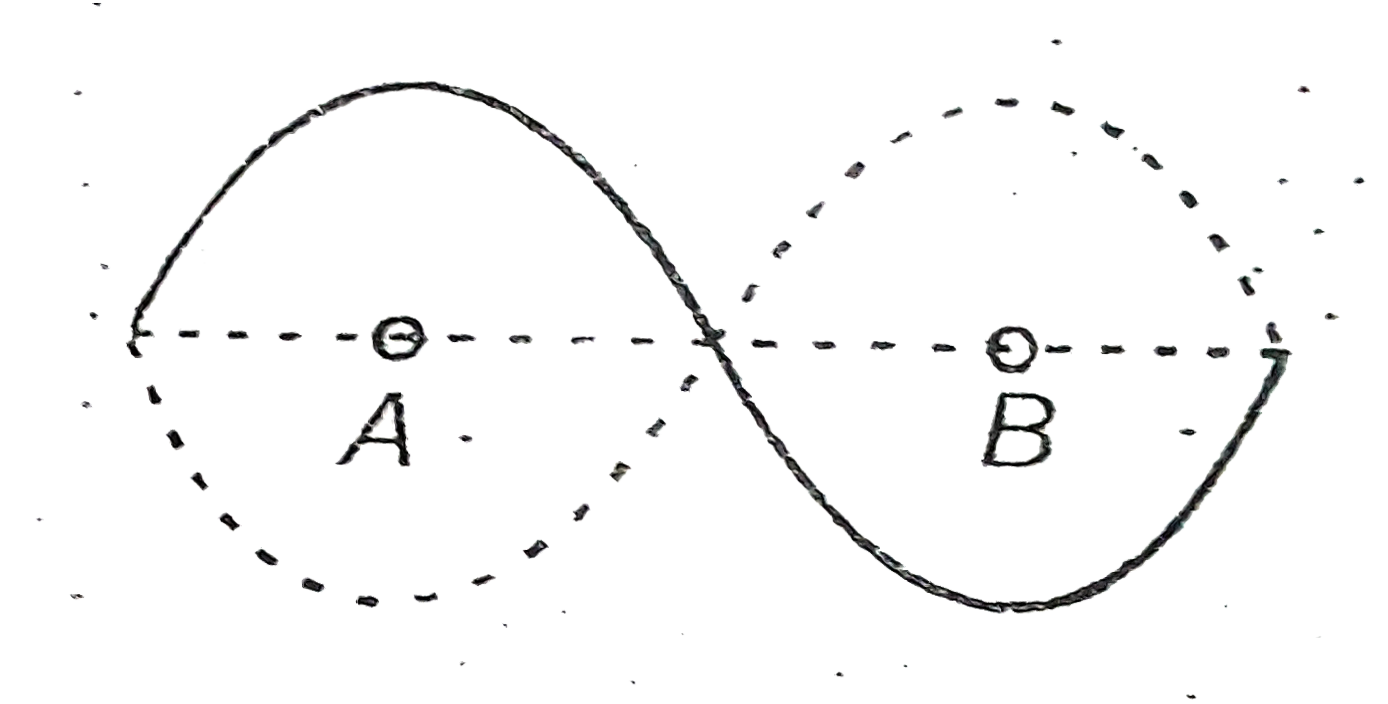A: The phase difference between the two particles shown below is π. (Assuming both particles have same time periods and same amplitudes).

R: If the particles cross each other while they move in the opposite direction, they have a phase difference of π radian.
If both Assertion & Reason are true and the reason is the correct explanation of the assertion, then mark (1)
If both Assertion & Reason are true but the reason is not the correct explanation of the assertion, then mark (2)
If Assertion is true statement but Reason is false then mark (3)
If both Assertion and Reason are false statements, then mark (4)
The correct Answer is:D
Step by step video & image solution for A: The phase difference between the two particles shown below is pi. (Assuming both particles have same time periods and same amplitudes). R: If the particles cross each other while they move in the opposite direction, they have a phase difference of pi radian. by Physics experts to help you in doubts & scoring excellent marks in Class 12 exams.
Updated on:21/07/2023Topper's Solved these Questions
- OSCILLATIONSBook:AAKASH INSTITUTE ENGLISHChapter:OSCILLATIONSExercise:Assignment (Section C) (PREVIOUS YEARS QUESTIONS)
Explore 43 Videos
- NUCLEIBook:AAKASH INSTITUTE ENGLISHChapter:NUCLEIExercise:ASSIGNMENT (SECTION-D)
Explore 10 Videos
- PHYSICAL WORLDBook:AAKASH INSTITUTE ENGLISHChapter:PHYSICAL WORLDExercise:ASSIGNMENT (Section-B)
Explore 4 Videos
Similar Questions
In a standing wave particles at the positions A and B, have a phase difference of

View SolutionWhat is the minimum distance between two points in a wave having a phase difference 2π ?
View SolutionIf the phase difference between the two wave is 2π during superposition, then the resultant amplitude is
View SolutionIf the phase difference between the two wave is 2π during superposition, then the resultant amplitude is
View SolutionIn stationary wave, phase difference between two particles can't be π3. Is this statement true or false?
View SolutionShow that for a particle executing SHM, velocity and dispacement have a phase difference of π/2.
View SolutionTwo SHM's with same amplitude and time period, when acting together in perpendicular directions with a phase difference of π2 give rise to
View SolutionThe distance between two particles is decreasing at the rate of 6 m/sec,when they travel in opposite direction to each other. If these particles travel with same speeds and in the same direction, then the separation increase at the rate of 4 m/sec. The particles have speed as
View SolutionTwo particles executing SHM of same frequency, meet at x=+A/2, while moving in opposite direction . Phase difference between the particles is
View SolutionTwo particles execute simple harmonic motion of the same amplitude and frequency along close parallel lines. They pass each other moving in opposite directions each time their displacement is half their amplitude. Their phase difference is
View Solution